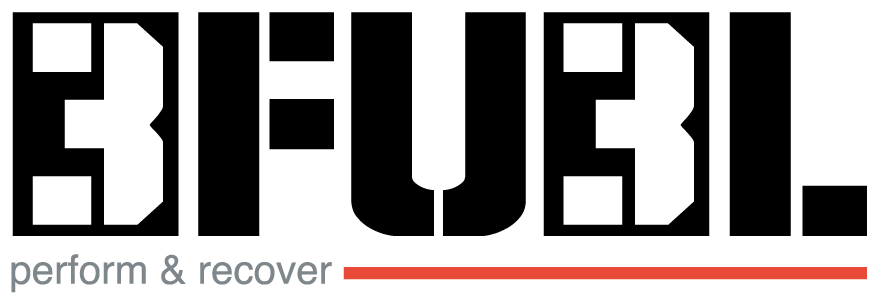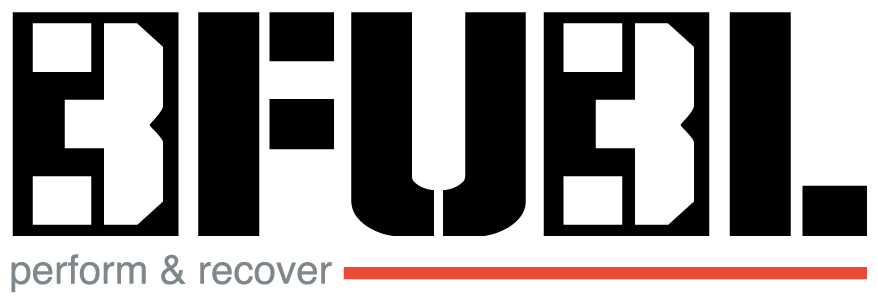Deadlifts, Squats, most effective for the Core
Having a strong core is important for athletes of all types, and if you show us a 500# deadlifter, we’ll show you someone with a strong core. Show us a guy who can hold a plank for ten minutes and we probably won’t watch, as we’re too busy watching 500 pounds being deadlifted. That’s not to say there’s no place for these kinds of exercises, but c’mon – you must have always suspected that pulling heavy or squatting heavy is superior to lying on the ground like a ninja in tube socks…
Below, you’ll find a comprehensive list (taken from this study) of excercises grouped by author, and the electromyographic activation of the lumbar and abdominals in various core exercises, compound movements, and so-called core work. There’s some surprising stuff here – like doing supermans off a swiss ball are better for lumbar activation than squats with 40kg, but not front squats with that same weight. Among the biggest pieces of trash for the lumbar are the late-night infomercial type abdominal machines; giving the devil his due, they’re not actually bad for the abs (some of them actually beat regular crunches and the like), but they still get crushed by things like hanging leg raises and reverse crunches on an incline.
ne of the primary responsibilities of strength and
conditioning specialists is to prescribe physical
fitness exercises that help athletes and clients
achieve specified fitness goals. Recently, a consid-
erable amount of attention has been given to the goal of
improving core strength and stability to enhance fitness per-
formance and prevent injury in a variety of activities
(14,16,27,31,36,39). Many types of physical fitness exercises
have been recommended for improving core strength and
stability, with a particular emphasis placed on core stability
and ball/device exercises (14,16,27,31,36). Many of these rec-
ommendations have been made based on the perceived activ-
ity of the core muscles during those exercises (14,16,27,31).
However, a consensus has not been reached regarding the
exercises that are most effective at stimulating the activity of
the core muscles. Establishing a consensus on this topic
would facilitate dissemination and implementation of stan-
dardized core training approaches by strength and condition-
ing coaches, which could result in more effective core
training across multiple settings, thereby improving perfor-
The major findings of this
mance and preventing injury in athletes and clients.
review with moderate levels of evidence indicate that lumbar mul-
According to Behm et al. (3), the anatomical core is
tifidus EMG activity is greater during free weight exercises com-
defined as, “the axial skeleton (which includes the pelvic
pared with ball/device exercises and is similar during core stability girdle and shoulder girdles), and all soft tissues (i.e., articular
and ball/device exercises. Transverse abdominis EMG activity is and fibro-cartilage, ligaments, tendons, muscle, and fascia)
similar during core stability and ball/device exercises. No studies with proximal attachment originating on the axial skeleton,
were uncovered for quadratus lumborum EMG activity during regardless of whether the soft tissue terminates on the axial
or appendicular skeleton (upper and lower extremities).”
physical fitness exercises. The available evidence suggests that
Some of the major muscles of the core with proximal and
strength and conditioning specialists should focus on implement-
distal attachments in the lumbosacral region of the axial
ing multijoint free weight exercises, rather than core-specific ex-
skeleton include the lumbar multifidus, erector spinae, quad-
ercises, to adequately train the core muscles in their athletes and
ratus lumborum, external oblique abdominis, internal oblique
clients.
abdominis, rectus abdominis, transverse abdominis, psoas
major, pelvic floor muscles, and diaphragm (14). Of the
various core muscles, the lumbar multifidus, transverse
abdominis, and quadratus lumborum appear to be the most
meaningful muscles for fitness professionals and clinicians
who prescribe exercises to improve physical performance
or manage musculoskeletal disorders. Aberrant function
and morphology of these 3 muscles has been associated with






1 Comment. Leave new
Great site. Lots of useful info here. I’m sending it to several
pals ans additionally sharing in delicious. And obviously, thanks on your effort!